How to treat beard dandruff? This question bothers you when you are doing all right in your regimen and still getting dandruff. Well, maybe it is not your fault but the weather. But treating it right and stopping it from coming back is more important.

Growing a beard is not as easy as it looks. You can not just wait for six months and get your desired look. It takes a lot of effort to find your lustrous beard. You need to wash, moisturize, trim, and also prevent different beard problems.
One of the most common beard problems is beard dandruff or beardruff. Today we will discuss how to treat beard dandruff in detail so that you may understand its real cause and prevent it from coming back.
Table of Contents
What is beard dandruff?
Beard dandruff is a condition when you feel burning and itchy skin and leave behind white flakes. Also, it turns your skin red. It is well known as Seborrheic Dermatitis.
The main reason for beardruff is a kind of fungus known as Malassezia Globosa. The bushy beards and the skin underneath rarely get in contact with the air.
Lack of air builds an oily and humid environment suitable for fungus. This fungus damages your skin’s natural oils and releases oleic acid which, irritates the skin and promotes beard dandruff.
How to differentiate beard dandruff and other skin allergies?

If you notice white flakes on the hair or skin of your beard while scratching, it does not mean that you have dandruff.
You may have skin dryness, a faster rate of cell turnover, or other skin conditions.
The skin cells regenerate every 30 days. If the rate is rapid, it can lead to an accumulation of dead skin cells. These dead skin may look like beard dandruff. People get confused between dead skin cells and flakes.
Skin dryness and beard dandruff are very similar to each other. But they have a slight difference. In skin dryness, you will feel slight itching with nongreasy tiny dead skin. And your skin looks dry and whitish.
During beard dandruff, you may feel greasier flakes and suffer continuous itching. Here, the skin will turn red or pinkish.
The best way to be sure that you may have beard dandruff is to see a dermatologist. It would be better to diagnose it before it gets worse.
How to treat Beard Dandruff?
Here, I have discussed the skin regimen you must follow to prevent or cure beard dandruff.
Step 1 Exfoliate the skin.
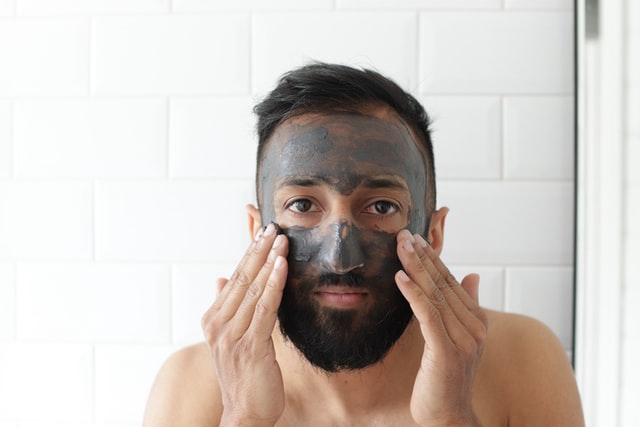
Exfoliation is the primary step to prevent beard dandruff. In this process, you must use facial scrubs and slightly massage all over the face. It helps to get rid of dirt, oil buildups, pollution, dead skin cells, and fungus building on your face.
You may try Viking revolution facial scrub for men. It is suitable for all skin types and helps to balance out dryness and prevent acne.
- It consists of natural ingredients like sweet almond oil, argan oil, vitamin E, sunflower seed oil, and coconut oil.
- Affordable
- Prevent dandruff, acne, and balance dryness
Step 2 Clean the beard.
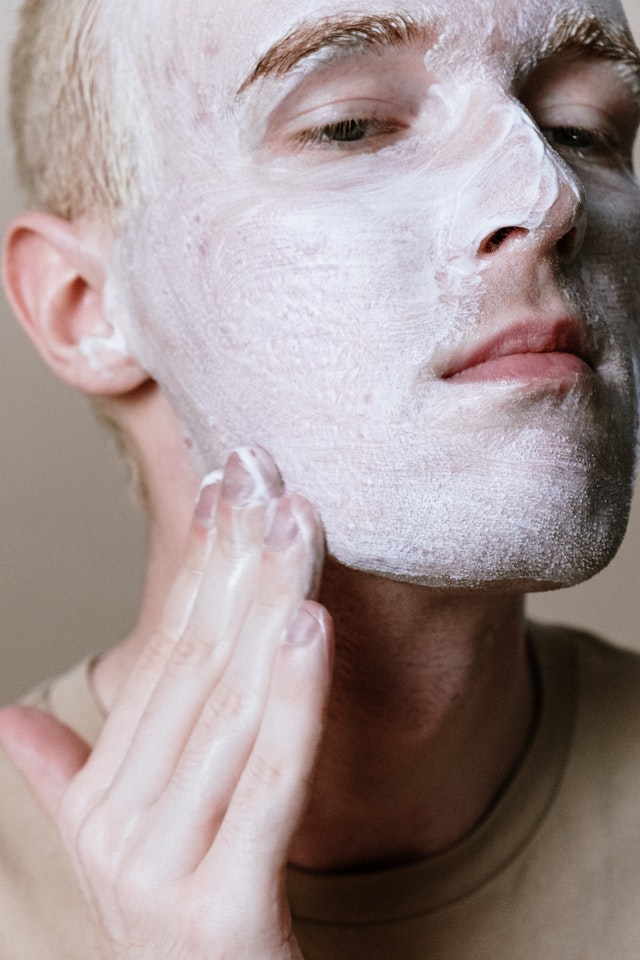
Cleansing is the next step after exfoliation. Here, you have to wash your beard with some gentle cleanser or beard shampoo. Choose the beard product according to your skin type and follow the steps to cleanse the entire face.
Cleansing your beard is as easy as washing your scalp. You have to
- Rinse facial hair thoroughly with normal water.
- Massage a few drops of beard shampoo on your beard.
- Let the shampoo foam on your face for a minute.
- Rinse thoroughly.
Step 3 Dry the beard.
Use a towel and pat dry your beard leaving, some moisture behind. Dry gently, with minimal pressure.
Step 4 Apply beard oil.
Beard oil is a blend of many oils like jojoba oil, argan oil, coconut oil, avocado oil, castor oil, etc. Sometimes it is combined with essential oils to improve its properties and gives some fragrance.

Beard oil helps condition and moisturize the beard and the skin underneath. It makes the beard shinier, tamer, and fuller and prevents dryness and flakiness. Also, it helps to detangle the hair and split ends.
Massaging it twice can help to reduce beard dandruff and give it the hydration it needs.
Step 5 Use a beard brush.
A Beard brush helps to improve the blood circulation of your face plus makes the beard fuller, and denser. It helps to exfoliate and evenly spread the beard oil or balm to the whole beard.
You may try the Seven potion beard brush or the Cremo beard brush. Both are wooden and help to exfoliate better.
Home Remedies to prevent Beard dandruff
Not everyone has the money and time to visit a dermatologist. The best part is you can resolve this issue at your home. You have the ingredients present in your kitchen that work incredibly on beardruff. I have listed some ingredients easily found in the kitchen and relieved the problem in a few applications.
1. Aloe vera:
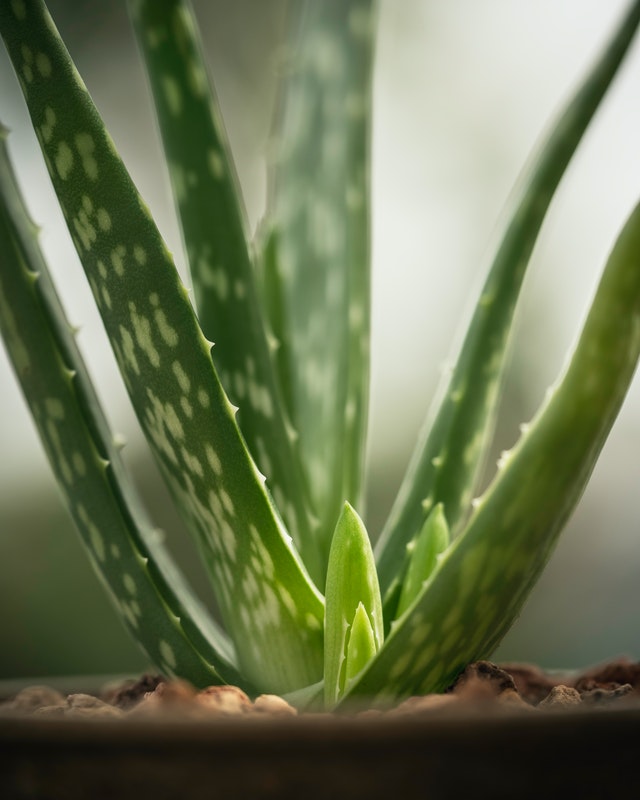
Aloe vera gel has always been famous for its antibacterial and antioxidant properties. For centuries, it helped to treat skin conditions, wounds, and cuts. Also, it is rich in vitamin E which helps nourish the beard hair and the skin underneath.
If you can use it daily, you may notice its benefits sooner. But if you cannot, then try to use it at least three times a week. Squeeze a little bit of gel, apply it from roots to tips, and then rinse it off after a few minutes. You can also leave it overnight to enjoy its anti-acne effects.
2. Virgin coconut oil:
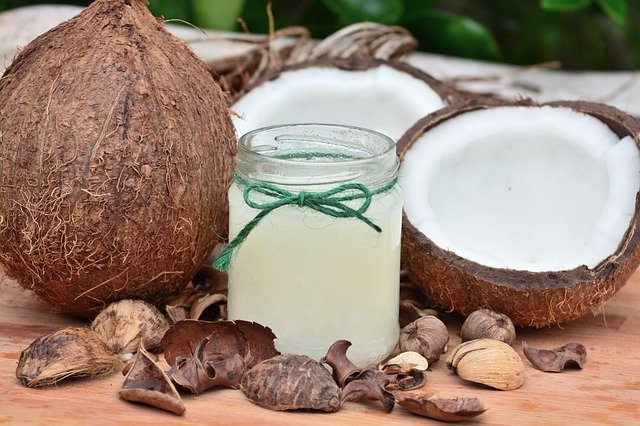
Virgin coconut oil is a type of coconut oil where cold-press technology helps in extracting the oil. The word ‘virgin’ is nothing but a way of extraction.
In the cold-press process, the oil goes through precipitation and filtration at room temperature, meaning that the vitamin and mineral content of the oil remains the same. In addition, cold-pressed oils are not as refined as hot-pressed oils.
Using virgin coconut oils on your beard daily can help you treat dandruff, and prevent itching and flaking. It has antimicrobial properties that fight against dandruff-causing germs.
3. Apple cider Vinegar:
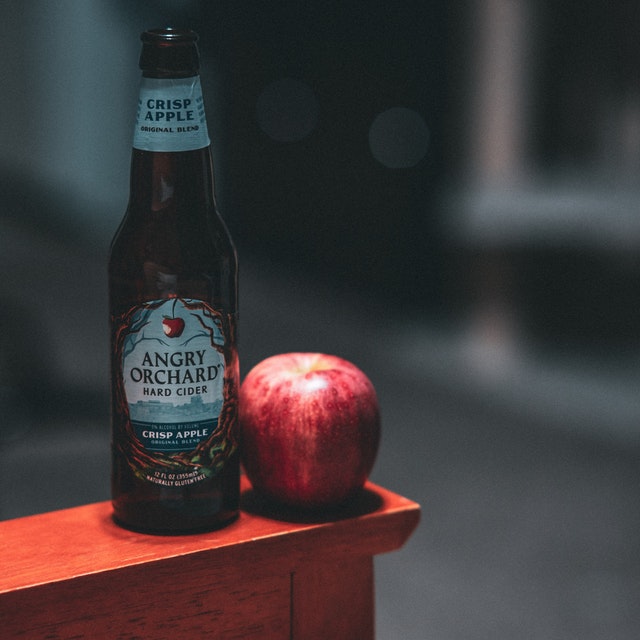
Apple cider vinegar attains popularity for losing weight but do you know it has benefits for the skin too. This vinegar has acetic acid in it that helps to balance out the alkalinity occur by the wrong product usage. Also, it has anti-fungal properties that fight against dandruff-causing germs.
Some people use it on facial hair rinse as it helps to maintain the pH levels. Not all are comfortable putting vinegar on their face. So you take a few drops of vinegar on a cotton ball and apply it to the affected area. Then wash it after five minutes.
4. Lemon juice:

Have you ever used lemon juice on your scalp to treat acne? It works the same on a beard. The only difference is scalp is stronger than the skin on the face. As we all know, lemon juice is acidic, and using it directly may affect the skin.
Lemon juice is acidic but helps restore the natural pH of the scalp and skin, which is essential to keep dandruff at bay. Lemon juice is rich in Vitamin C which nourishes the skin.
If you are going to use it, take 2 tbsp of lemon juice and mix it with 1 cup of warm water. Then apply to the beard and the skin underneath.
5. Raw honey:
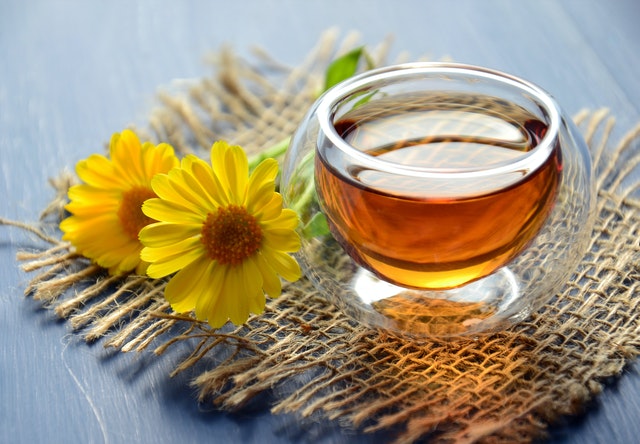
If you are comfortable with the sweet smell of honey, it can help you get rid of dandruff very soon. It has anti-fungal and anti-inflammatory properties that help in relieving itching and flaking of the skin.
Honey is the most common ingredient present in every kitchen. If you do not have the above list, apply honey daily. It not only removes dandruff but makes your skin moisturized and healthy.
How to Prevent beard dandruff from coming back?
After getting rid of beard dandruff, you have to take care of your beard to ensure that dandruff does not come back.
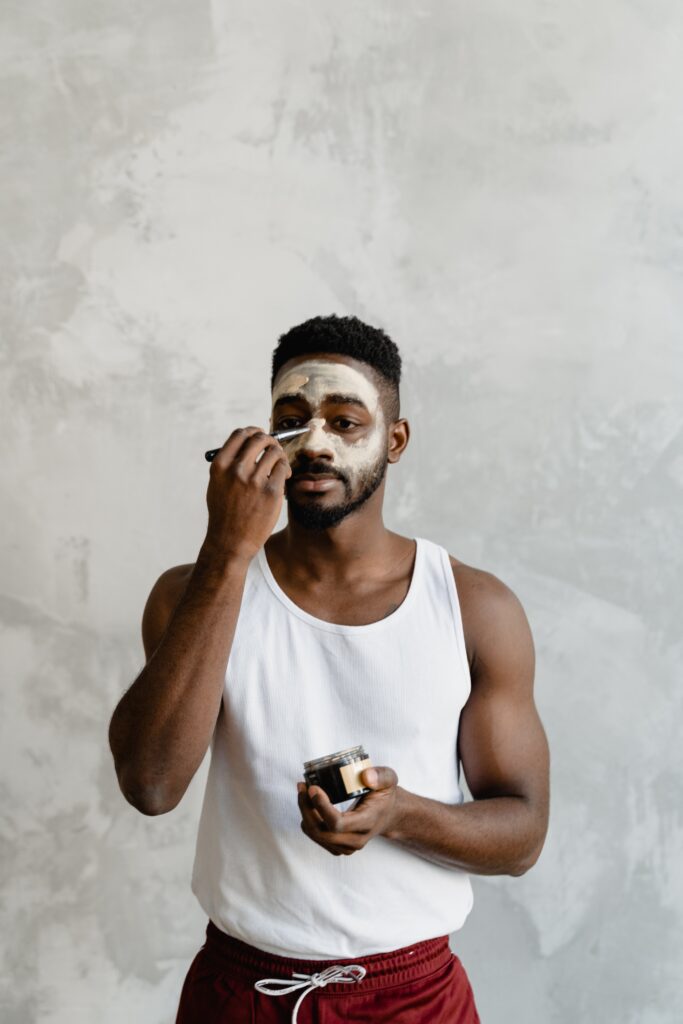
To maintain a dandruff-free beard, you need to follow a proper beard care regimen daily. It should include exfoliation, cleansing, moisturizing, etc.
Also, you have to be aware of the weather, and try different skin regimens in cold and dry, and hot weather. Never forget to apply beard oil even if you are free from dandruff, itch, or flakes. Make beard oil part of the routine like you use toothpaste daily.
If your beard dandruff is under control, minimize the usage of anti-dandruff beard shampoo. Use it once or twice a week.
Here, I have shared a simple routine once your beard dandruff comes under control.
Time to get into a routine
- Wash your face and rinse your beard daily with a mild beard wash.
- Use an exfoliant once a week to get rid of dirt and debris. It will also remove dead skin cells, and microorganisms and promote new cell growth.
- Hydrate your entire face with a good quality dual beard and facial moisturizer or beard oil.
- Brush your beard. It spreads the beard oil evenly and improves blood circulation.
Conclusion:
Dandruff in the beard can result from a fungal infection, an underlying skin condition, dry skin, or a minoxidil side effect.
To keep beardruff at bay, you need to follow a beard care regimen and use the right beard products. The product should suit your skin type and go with the season. In addition, you should eat clean, exercise, and exfoliate the skin.
If you have sensitive skin, you can try the home remedies I have mentioned. If you don’t get relief even after trying home remedies, consult a dermatologist, you may need expert supervision.
FAQs:
How do you get rid of beard dandruff?
First of all, ask your dermatologist whether you are suffering from beardruff or dry skin, then go further. If you want to avoid beard dandruff, follow proper skincare that includes exfoliation, cleansing, moisturizing, brushing, etc.
You can also go with homemade remedies to cure it. You can try aloe vera, virgin coconut oil, honey, apple cider vinegar, lemon juice, etc.
Can you use dandruff shampoo on your beards?
Do not use a shampoo made for your scalp. Those shampoos are consist of sulfates and paraben that can make your skin even worse. Use the shampoo specifically made for beards. You can try the OKAY for men 3-in-1 solutions.
Is coconut oil good for beard dandruff?
Yes, coconut oil helps to fight against beard dandruff. But try to use virgin coconut oils. They have more minerals and vitamins as compared to others.
Using cold-pressed coconut oils on your beard daily can help you treat dandruff, and prevent itching and flaking. It has antimicrobial properties that fight against dandruff-causing germs.
Can I use the Head and Shoulders on my beard?
No, the head and shoulder are not for the beard but for the scalp. Your scalp gets more dirt, oil, and pollution than your face. Your face is much more sensitive than your scalp.
Using a product made for your hair on your face is not a good decision. Plus, the head and shoulder contain many sulfates ingredient if you see the label. Sulfates can dry and increase the risk of flakes and promote beardruff.
How can I moisturize my beard?
Use beard oil as a moisturizer. Beard oil is a blend of many oils like jojoba oil, argan oil, coconut oil, avocado oil, castor oil, etc. Sometimes it is combined with essential oils to improve its properties and gives some fragrance.
Does beard oil help with beard dandruff?
Yes. Beard oil helps condition and moisturize the beard and the skin underneath. It makes the beard shinier, tamer, and fuller and prevents dryness and flakiness. Also, it helps to detangle the hair and split ends.
Is Aloe Vera good for a beard?
Aloe vera gel has always been famous for its antibacterial and antioxidant properties. For centuries, it helped to treat skin conditions, wounds, and cuts. Also, it is rich in vitamin E which helps nourish the beard hair and the skin underneath.
Kayden is an entrepreneur, writer, hairstylist working in a professional salon. He specializes in men’s grooming. He loves to blog about beards, hairstyles, and skincare.